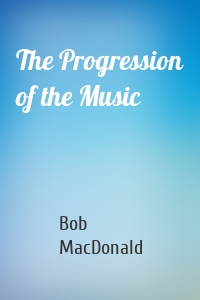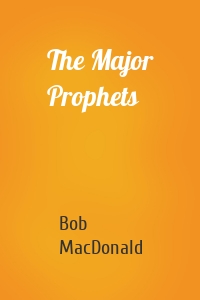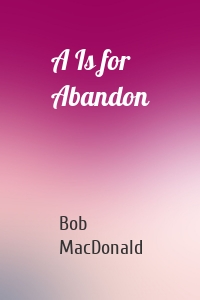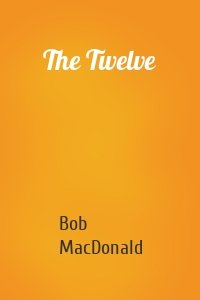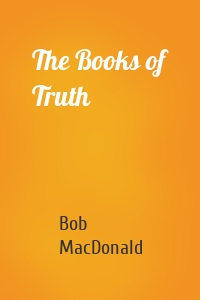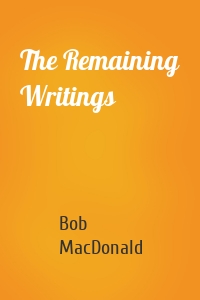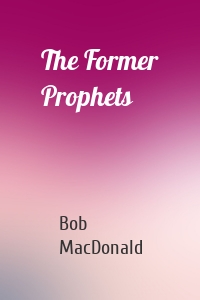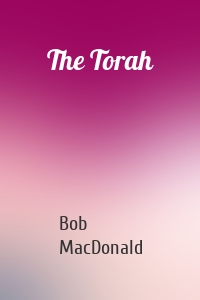Bob MacDonald
11 кн.
The Progression of the Music
How can we describe and discuss the accents of the Hebrew Bible? This volume is extracted from a music statistics database derived from the accents in the Leningrad codex. It is intended as a reference book and explanations for evaluating the data about the accents (cantillation signs) in the Hebrew Bible. It illustrates the effectiveness and clarity of the deciphering key that is used for the music. Here we see at last a clear exposition of how to explain sequences of accents without the...
| Автор | Bob MacDonald |
The Major Prophets
How will we fathom the three great books of prophecies, Isaiah, Jeremiah, and Ezekiel? These three books are the first section of the later prophets. Isaiah is filled with songs to be sung. Imagine the original melodies of the song for the vineyard, or the thrice repeated Holy of the Cherubim, and the musical shape of the Servant Songs. Imagine Jeremiah meditating on the first chapter of Genesis as he laments the destruction of the temple and the exile of the people. Imagine his sadness...
| Автор | Bob MacDonald |
The Five Scrolls
Where is a good starting point for reading the Bible? Five scrolls constitute the second section of the third major division of the Hebrew bible. These are the Song of Songs, Ruth, Lamentations, Qohelet, and Esther. The Song, like the Psalms, is a key to our hearing of instruction. Ruth establishes the Moabite ancestry of David showing we must read about enemies more carefully. The music of the Lamentations moves us with four acrostic poems and a fifth poem of 22 verses of prayer to make new...
| Автор | Bob MacDonald |
A Is for Abandon
How can we discover the differing senses of Hebrew words in translation? The English to Hebrew section of this document shows in English alphabetical order which English word or words are associated with each Hebrew stem and the count of how many times this gloss is used. In the translator’s introduction, compromises, conundrums, and concord are discussed by example. Seven major domains have been chosen to help analyse the words of the text. The Names domain is assigned to all proper names....
| Автор | Bob MacDonald |
The Twelve
How will we think about the twelve? Hosea, Joel, Amos, Obadiah, Jonah, Micah, Nahum, Habakkuk, Zephaniah, Haggai, Zechariah, Malachi are considered a single book in the Hebrew canon. They are the third section of the prophets, the second major division of the Hebrew Bible. We can hear in the music, the words of Amos, and his contemporary, Hosea, whose child was named Not-My-People, yet he sings about the count of the children of Israel as the sand of the sea. And Micah sings, like his...
| Автор | Bob MacDonald |
The Books of Truth
What will unlock the mysteries of Torah and the Prophets for us? The third major division of the Hebrew canon is called the Writings. The first section of the Writings contains the Books of Truth: Psalms, Proverbs, and Job. These three books introduce a variation in the musical scores. Their music illustrates the forms of the poetry. Like the Torah, the Psalter is divided into five books. They are an immense score, tightly tied together by the integrative power of the music over their...
| Автор | Bob MacDonald |
A Biblical Hebrew to English Concor...
How do we see the decisions made by a translator of an ancient tongue? This volume contains every word in the Hebrew Bible, in Hebrew and the English equivalent for each word as translated. The glosses provided are for a close translation for the Music. The sequence presented is by Hebrew stem, Hebrew word form, canonical sequence, chapter, verse, and word sequence. In principle, the entire translation can be reconstructed from this data. The draft agreement of the translation with itself...
| Автор | Bob MacDonald |
The Remaining Writings
What books remain and what do we learn from their placement? The third section of the third major division of the Hebrew Bible has three books. First, Daniel, and he is not among the prophets. Second, Ezra-Nehemiah, treated as one book, records the return from exile and the rebuilding of the temple. And third, Chronicles, itself in two parts, recapitulates the history from Genesis to the end of Kings. Even the lists of names are set to music! The music seals the whole canon. Read, sing, study,...
| Автор | Bob MacDonald |
The Former Prophets
How will we begin the unfolding history of Israel after the giving of Torah? We have heard the phrase, the Law and the Prophets . The Prophets are the second major division of the Hebrew Scriptures. The prophets recount the history of Israel after the giving of the Law. The first section of the prophets is the subject of four books: Joshua, Judges, Samuel, and Kings. Each of Samuel and Kings is traditionally divided into two parts. Here we read of the occupation of the Promised Land, the...
| Автор | Bob MacDonald |
The Torah
How will we sing the instruction of the first five books of the Hebrew Bible? Torah, also known as the Pentateuch, refers to the five books of Moses: Genesis, Exodus, Leviticus, Numbers, and Deuteronomy. It is also called ‘the Law’, in distinction from ‘the Prophets’. Torah is sung through every year in the Synagogue. It sets the scene for the drama to unfold in the Hebrew canon. Everyone knows the beginning of Torah when the Mystery began the process of creating the world, In the Beginning ....
| Автор | Bob MacDonald |
The Song in the Night
Did you know that there is a musical score embedded in the Hebrew Bible? The Song in the Night presents this astonishing fact. Experts have argued over what the music is for over 1000 years. Now you can examine the key to the music and imagine how the whole song might sound. You can see clearly how the accents in the text translate into music and marvel how our ancestors designed this elegant insight to the tone of voice that is still there in the Bible. How valuable it is to hear the Word...
| Автор | Bob MacDonald |


